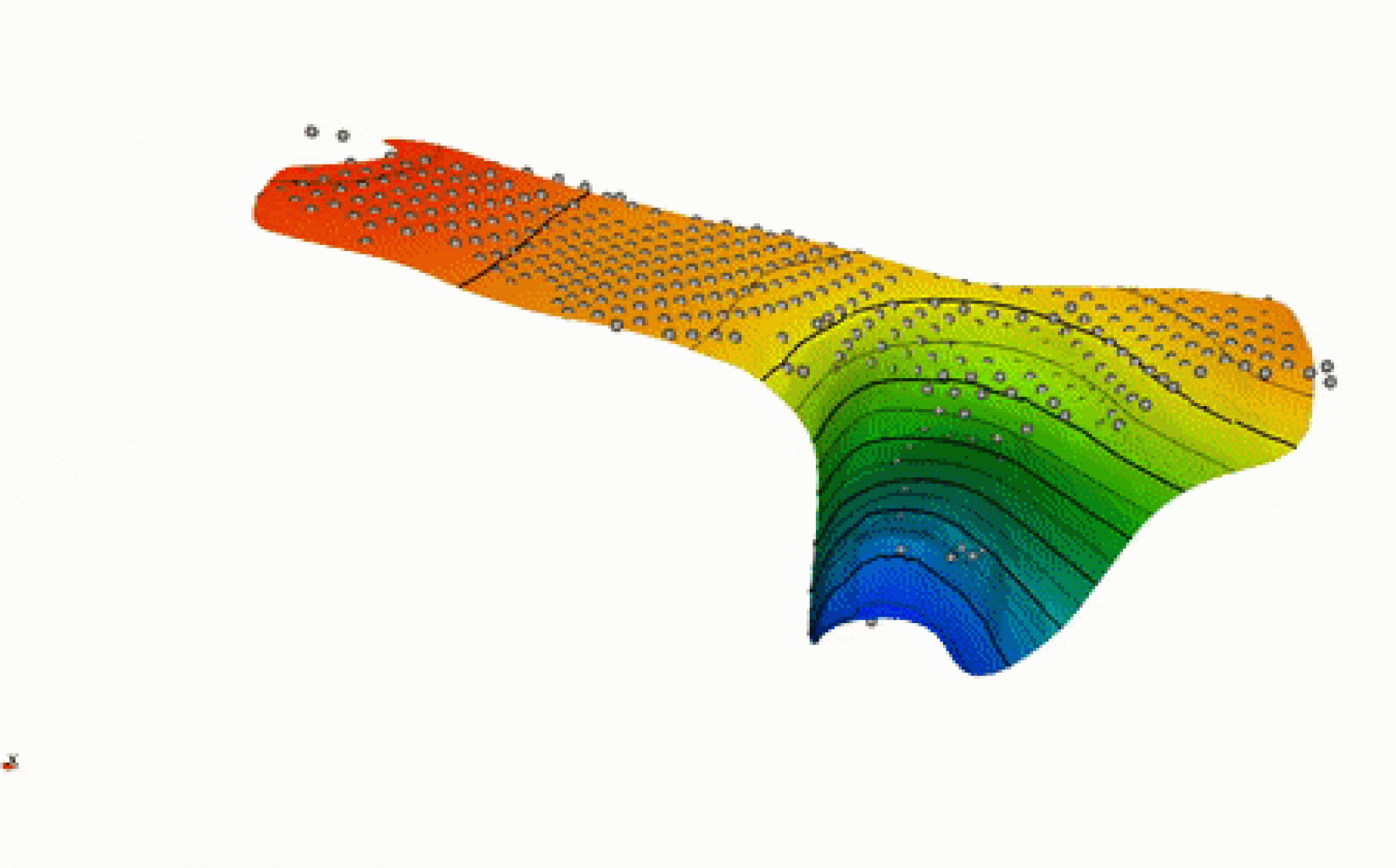Computational Ship Hydrodynamics:
Recent Milestones and Future Trend
Milovan Perić
Institute of Ship Technology, Ocean Engineering and Transport Systems (ISMT)
Faculty of Engineering, University of Duisburg-Essen
Germany
In this presentation, some of the major milestones in recent developments of computational methods for ship hydrodynamics will be presented from author’s perspective. These include (i) moving grids, which allow for accounting of propeller and rudder motion relative to hull; (ii) interface-capturing methods for free surface flows, allowing to account for wave breaking, ventilation and trapped air; (iii) dynamic fluid-body interaction, allowing for a simultaneous computation of flow and flow-induced motion of bodies; (iv) automatic mesh generation with arbitrary polyhedral grids, allowing handling of complex geometry without simplification, etc. These and other advances in computational methods, together with advanced physics models (in particular to account for turbulence and cavitation) and increasing computing power, allowed us to step up from component analysis (towed bare hull; open-water propeller and rudder tests etc.) to simulations at system level. State-of-the-art computational hydrodynamics can account for interaction of water flow, wind, ship motion, propeller rotation and rudder motion relative to moving hull, cavitation on propeller blades and rudder, ventilation, wave impact etc., all of which can be included in a single simulation. Future trends will include (but not be limited to): (i) improvement of computing performance by using GPUs, (ii) automatic solution-adaptive grid refinement for an optimal use of resources, (iii) automatic multi-objective optimization of geometry and process parameters, and (iv) ever advancing physics models (especially scale-resolving turbulence and cavitation models). Examples from recent simulations will be used to highlight some topics.
